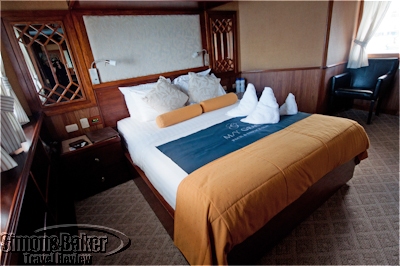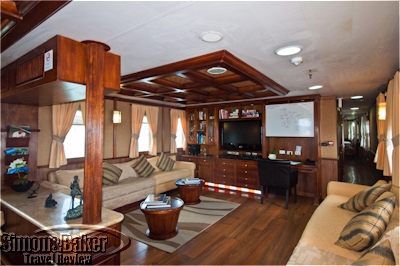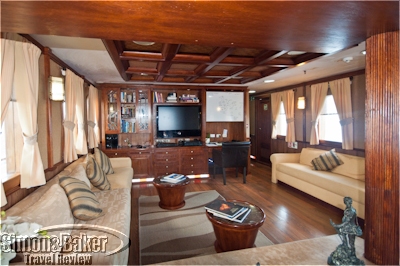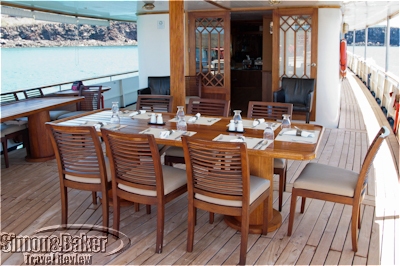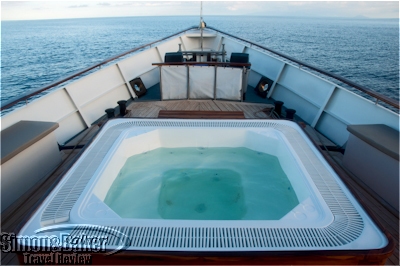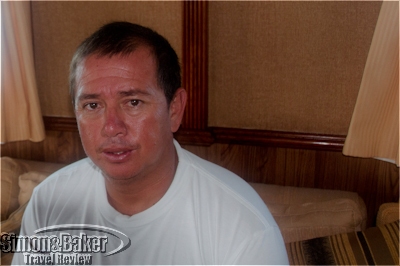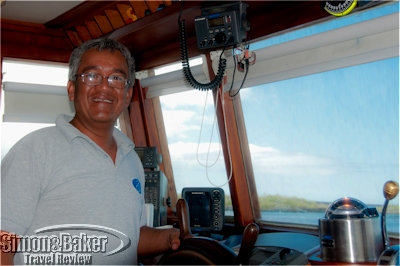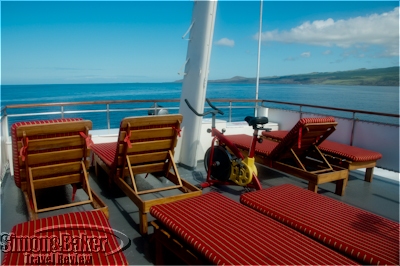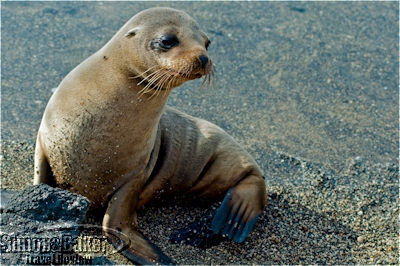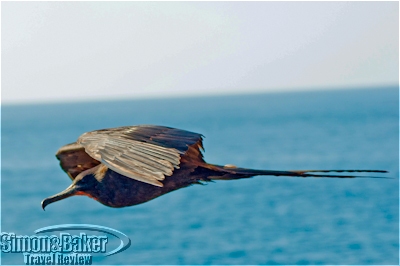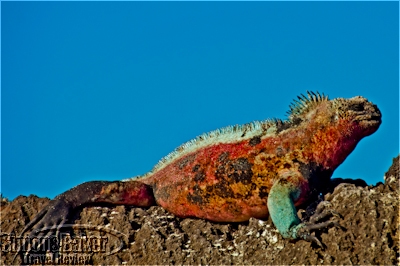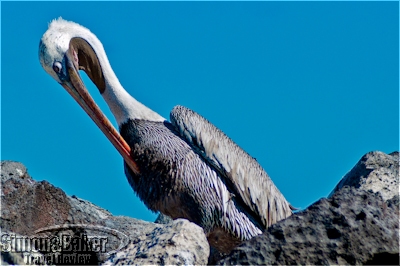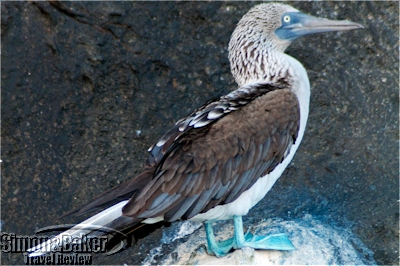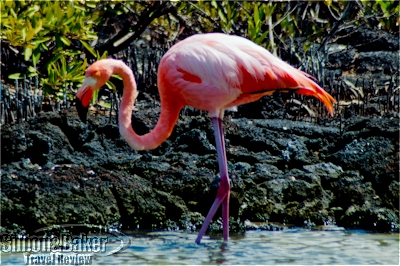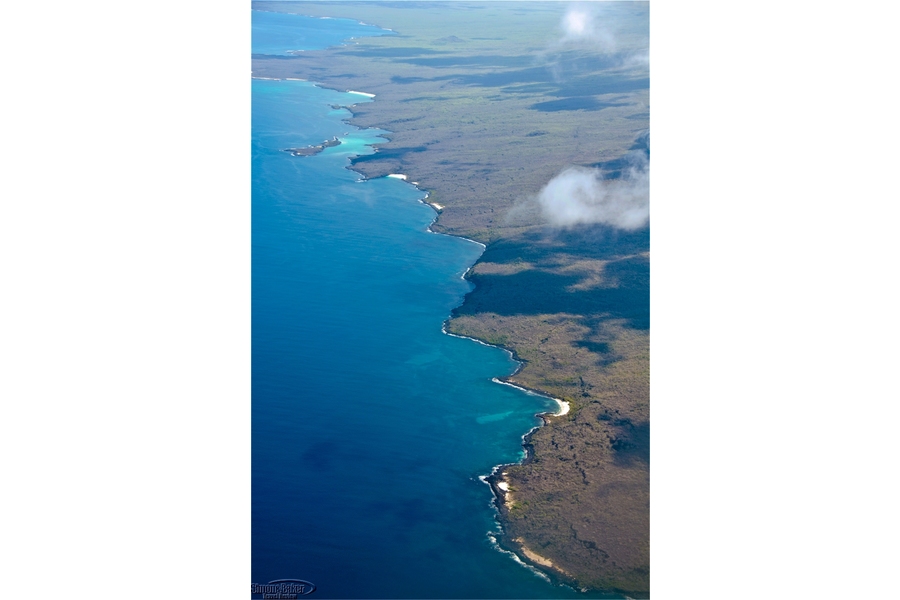
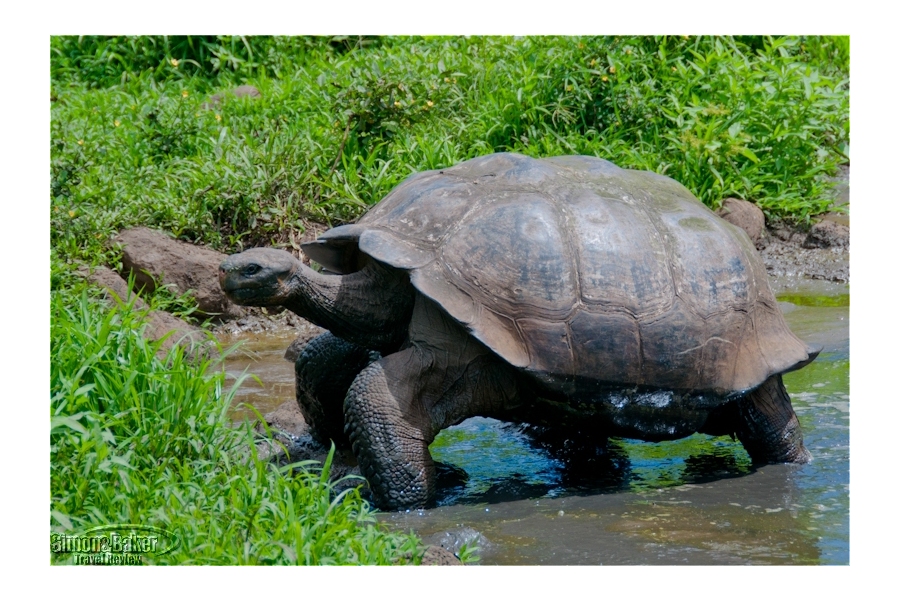
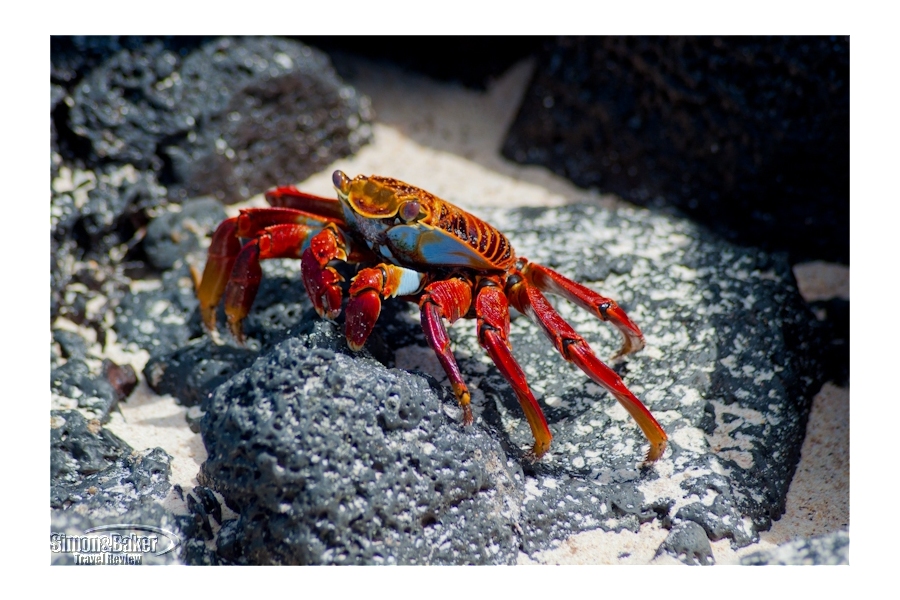
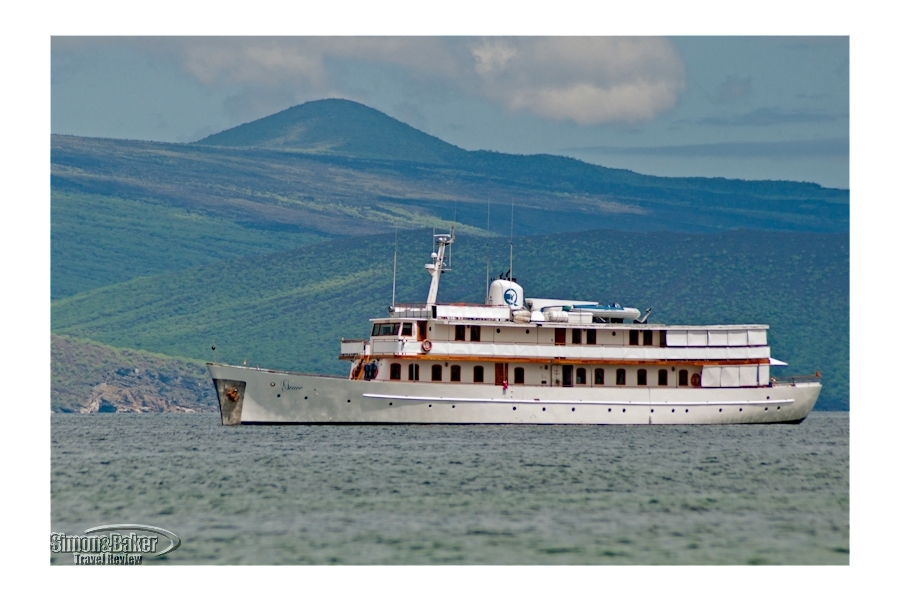
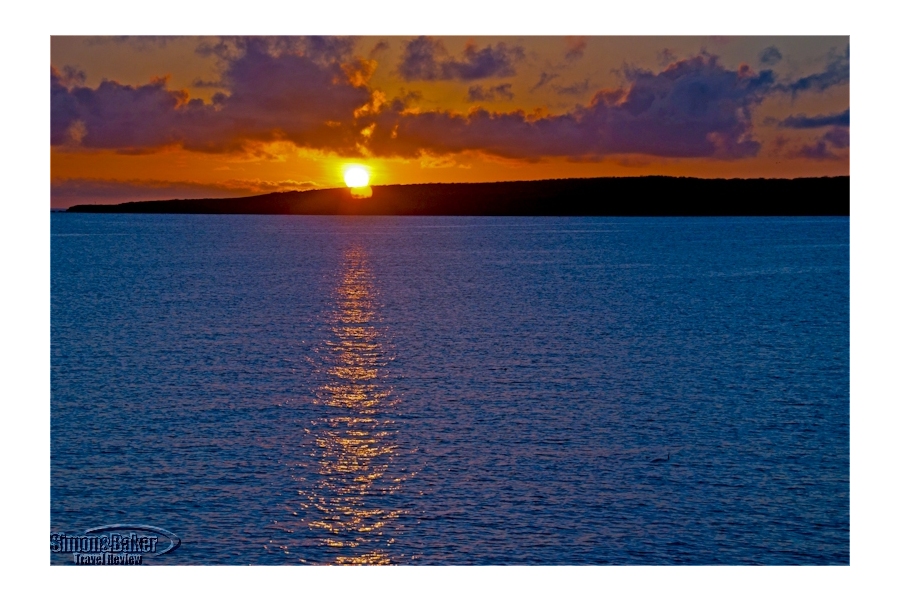
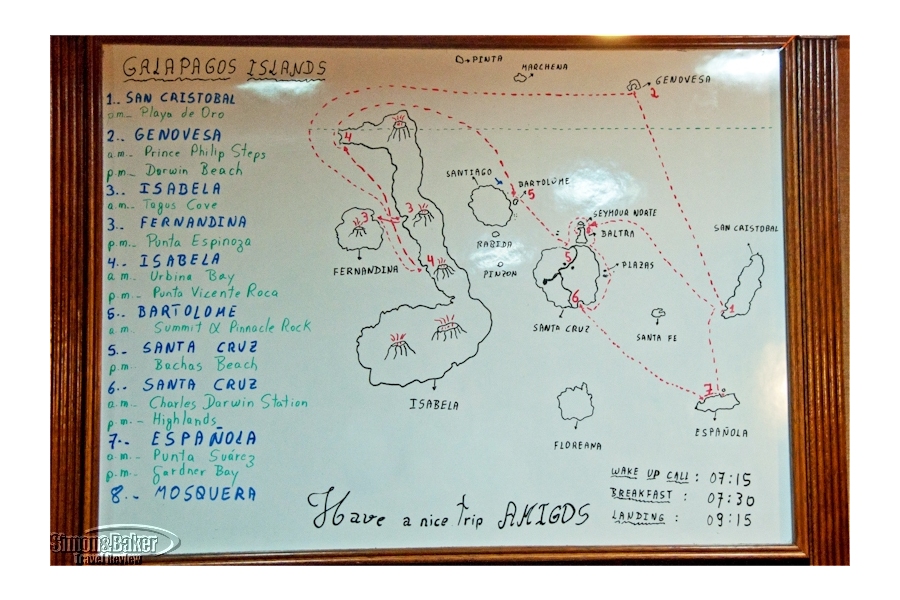
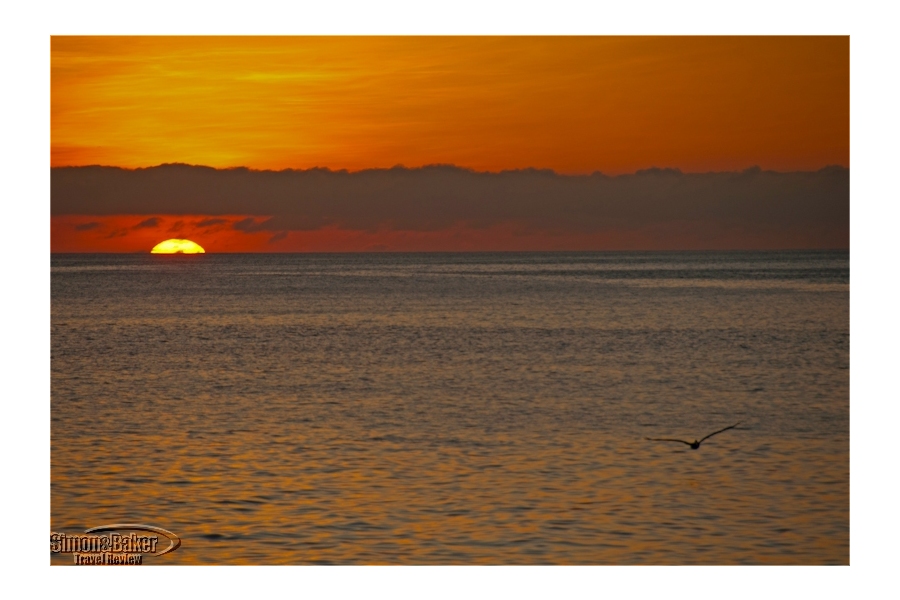
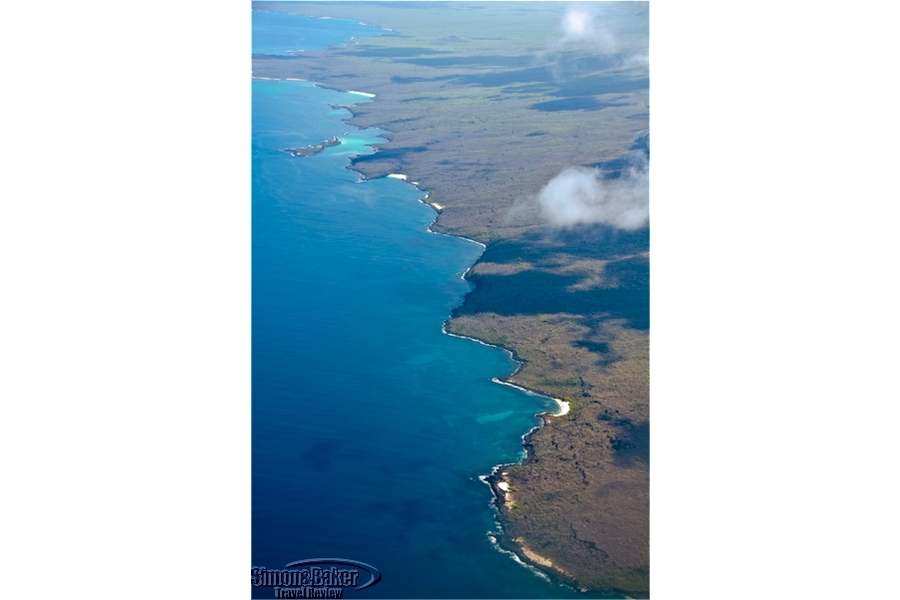
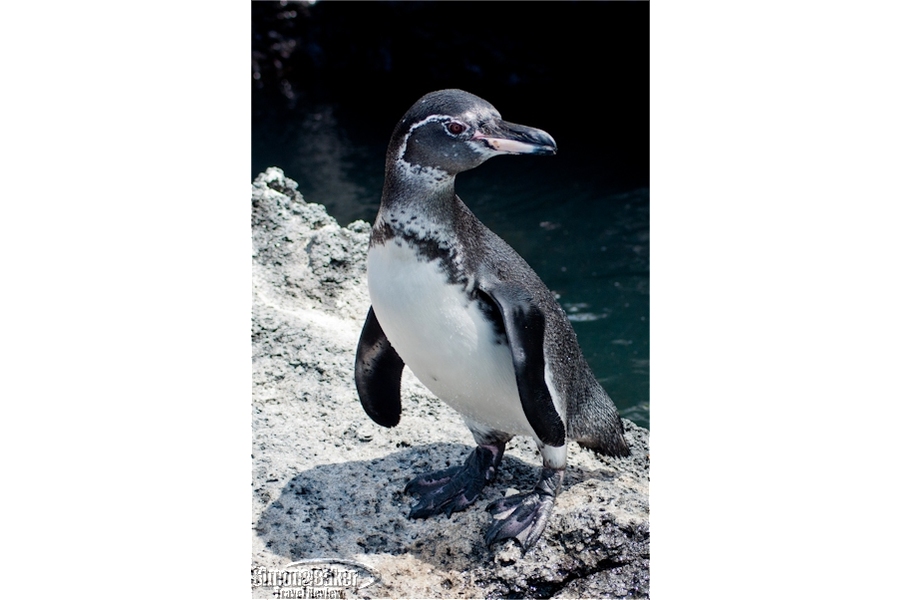
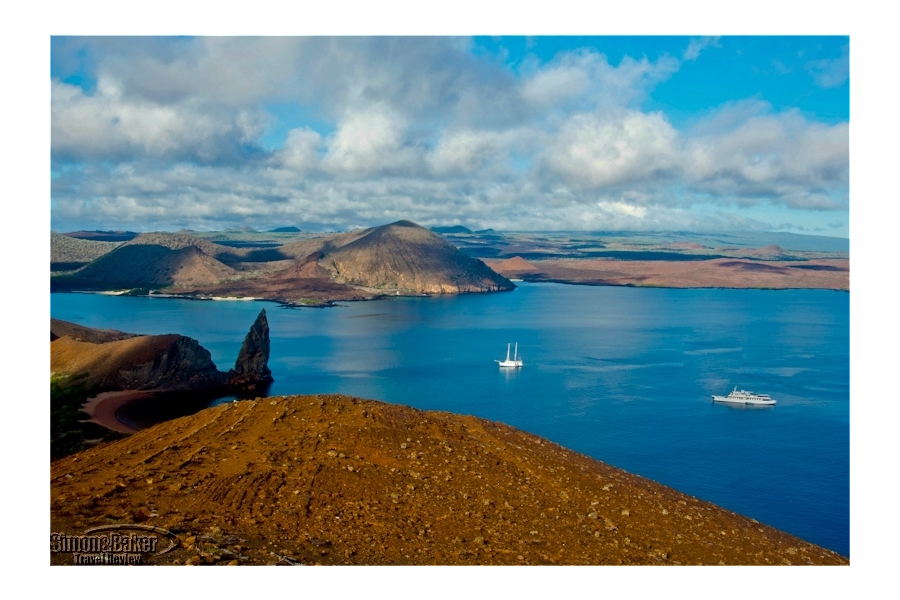
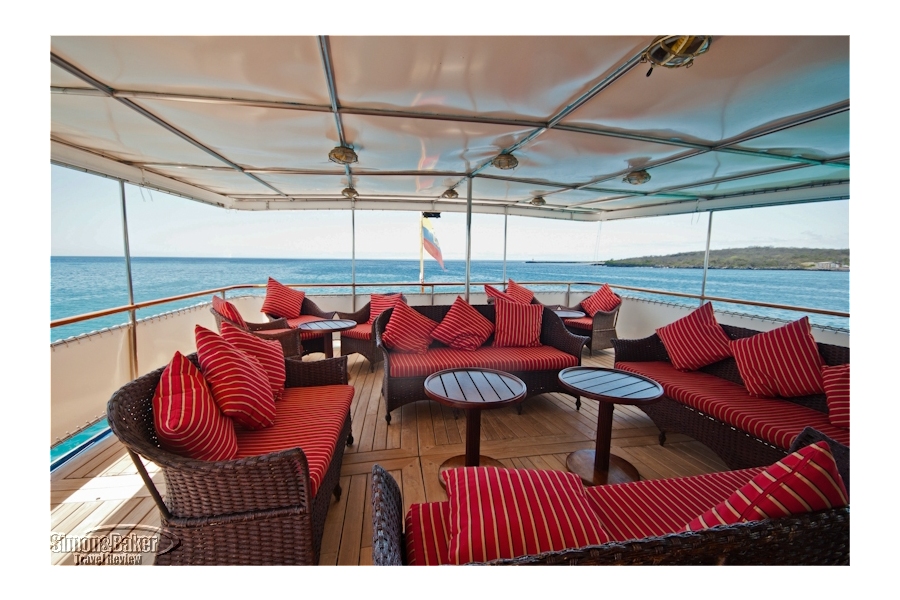
- Overall Impression
- Details
- Description
- Common Areas
- Accomodate
- Dining
- Features
- Activities
- Other
- Review
The elegant white yacht had an oddly familiar look; a puzzling thought, since luxury seagoing vessels have never been part of my world. Further research confirmed that I had once enjoyed the Grace, if only vicariously. It was then named the Deo Juvante II, Latin for “with God’s help,” after the motto of the house of Grimaldi, the rulers for almost a millennium of the tiny French Riviera principality of Monaco. Its owner was the reigning prince, Rainier III, and for a few springtime weeks in 1956, the Deo Juvante II had been front-page news across all French magazines and movie screens. I still remember a news clip of the slick white yacht gliding to a halt alongside a huge ocean liner. On its deck, the dashing prince had come to welcome his bride-to-be, the beautiful American movie star Grace Kelly. The following week, Prince Rainer and the now Princess Grace had boarded the yacht for a seven-week honeymoon around the Mediterranean. This was the stuff schoolgirls’ fairytales were made of.
Fast forward half a century during which the vessel changed ownership several times before being acquired in 2007 by Eduardo Diez, the owner of Quasar Galapagos Expeditions and a man with a passion for classic yachts. Diez undertook a two-year, $2.5 million overhaul of the ship while preserving its distinctive classic lines. A state-of-the-art stabilizer system was added for ultra smooth sailing on the open waters of the Galapagos Archipelago. Throughout the ship, understated luxury spoke of the refined elegance of its earlier grandeur, albeit with a large hot tub on the sundeck, a modern bathroom in each stateroom and air conditioning throughout. The yacht was then renamed Grace in homage to its most illustrious owner. I trust the late princess would approve.
However, the superb comfort of the Grace and the attentive service of its friendly crew merely set the stage for one of the most exhilarating wilderness experiences of my traveling life. The itinerary of its seven-night cruise was designed to take us to the farthest reaches of the archipelago, to places rarely visited by larger ships. Our naturalist guide, Rafael (Rafa for short) was remarkable. A third generation native of the islands, and an ornithology graduate from San Francisco University in Quito, Rafa coupled an encyclopedic knowledge of the natural history of the islands with the familiarity of one who has swum since childhood in the waters of its most secluded coves. Our daily excursions consistently brought close encounters with some of the most exceptional wildlife ever. We wandered on sugary sand beaches shared only with sea lions and hiked along black lava rock paths to observe at close range the courtship ritual of Nazca boobies and waved albatross.
We rode our panga (local inflatable zodiac-type skiffs) along the edge of vertical cliffs alive with blue-footed boobies and tiny Galapagos penguins, and gingerly picked our way around carpets of marine iguanas, trying to avoid their random sneezes of seawater. But for me, the highpoint of the day was invariably our snorkeling expedition. Island after island, Rafa led us to the most exotic marine life I have ever observed. We swam surrounded by so many giant sea turtles that it was a challenge to get out of their way. I spent many blissful moments floating above dense schools of fish in every color of the rainbow. We even spotted a hammerhead shark, mercifully unconcerned by our presence.
It is a statistical fact that few tourists, no matter how memorable their experience, make a return visit to the Galapagos. Yet in spite of the remoteness of this outstanding destination, I would happily return, just for the pleasure of another exquisite cruise on the M/Y Grace, and for the thrill of snorkeling day after day in pristine waters teaming with some of the most spectacular marine life on the planet.
Crew Captain Jimmy Jimenez, a native of Guayaquil, had over 20 years experience sailing the Galapagos waters. The M/Y Grace had a crew of eight, plus one naturalist (Rafael Pesantes Aguirre). The crew increases to 10, plus two naturalists for voyages of over 10 guests.
Duration Eight days
Established The company was founded in 1986 by Eduardo Diez.
Internet Connectivity There was no internet connectivity on the yacht.
Location The Galapagos Archipelago straddles the equator in the Pacific Ocean, 1,000 kilometers (600 miles) off the coast of Ecuador in South America.
Owned-Managed Quasar Expeditions, a private company based in Quito, Ecuador, owned and managed by the Diez family.
Sailing Route In order of sailing dates, I visited the following islands: San Cristobal, Genovesa, Isabela, Fernandina, Bartolomé, Santa Cruz, Espanola and Mosquera.
Size And Main Features Of Vessel The classic luxury yacht M/Y Grace was built in 1928 by Camper & Nicholsons, South Hampton, England. It had an overall length of 44 meters (145 feet), a seven meter (22 foot) beam and a 3.6 meter (12 foot) draft. Its maximum speed was 12 knots per hour. Its nine staterooms could accommodate up to 18 passengers.
Transportation There were two commercial airports in the Galapagos, one on San Cristobal, the easternmost island, and the other on Baltra, in the center of the archipelago. Two domestic carriers, AeroGal and Tame, operated daily flights to both from Quito with stopovers in Guayaquil.
When I woke up the next morning, the Grace was anchored in a tranquil horseshoe bay, the partially collapsed caldera that forms Great Darwin Bay. Soon, we were on a panga exploration of the base of a dark ten-story high cliff teaming with blue-footed boobies, brown pelicans and lava gulls, while squadrons of great frigate birds quarreled overhead. We had not yet landed, and already we were in a birder’s paradise. Once we reached land, the famed Prince Philip’s steps (chiseled in the rock face for the 1964 visit of the British royal) looked impossibly steep, but the sturdy hand rails helped and a few minutes later I emerged onto a sun drenched plateau bristling with lava rocks and spindly Palo Santo trees. Red-footed boobies, the only members of the booby family to nest above ground, filled the trees. The path was lined with their Nazca cousins courting or cautiously shading their twin eggs within the rudimentary perimeter of their sparse twig and feather nests. We continued on to the south side of the island where tens of thousands of tiny storm petrels rode the ocean breeze in unison. By late morning, we were back on the yacht. Pitchers of fresh fruit juices and tempting snacks awaited. Thus restored, we donned our wetsuits and snorkeling equipment. The next hour, spent in a relatively shallow area near the southern side of the cliffs, was underwater heaven. The water was brimming with life. It would be a challenge to remember all the bright colors and shapes for Rafa to identify back on the ship.
A fellow swimmer motioned to something that required no introduction: a hammerhead shark! By lunchtime, as we sat down to a delectable al fresco meal, I wondered if anything, ever, could match that exhilarating morning. The afternoon did, when we returned to shore for a swim among the sea lions on Darwin Beach, and eye-to-eye encounters with more exotic birds. And so did the next day, when we swam among giant green sea turtles, eagle stingrays and flightless cormorants, along the bright coral reef of Isabela. And when we cautiously made our way around heaps of marine iguanas sprawled all over Fernandina. Then there was Bartolomé, where we anchored by Pinnacle Rock, the giant black spike jutting out of the shore and arguably the most distinctive landmark of the Galapagos. There, we climbed to the top of the extinct volcanic cone with its orange and black formations to take in the lunar landscapes of the island and islets beyond. And Barchas Beach in Santa Cruz where sea lion pups seemed determined to follow us home. The powdery sand beach is one of the main sea turtle nesting grounds in the Galapagos and its back lagoons are home to majestic greater flamingos.
After nearly one week of near isolation in stunning wilderness, anchoring in Puerto Ayora, the largest town of the archipelago with a population of over 12,000 and a modern tourism infrastructure, was a jarring experience. It is home to the Darwin Research Center and its most famous resident, the venerable Lonesome George. The giant tortoise estimated to be over one hundred years old and the last known specimen of the Pinta Island tortoise. A visit was de rigueur. I was happy to head to Espanola next, the southernmost island of the chain, for one last full day of wilderness. Due to its remote location, the island boasts a number of endemic species, including an especially colorful coral and turquoise marine iguana, and the waved albatross for which it is the only breeding ground (the island’s especially high cliffs are necessary for the fledglings to launch on their far flung journey).
Common Areas The common areas were designed for indoor-outdoor living and a casual luxury atmosphere. The lounge, bar and dining room were in the center of the main deck . The entire area was decorated in natural tones with wood-coffered ceilings, hardwood floors enhanced by contemporary area rugs and pale walls with wooden accents. Picture windows with natural cotton draperies lined the outer walls. Long sectional sofas in matching natural shades sat under the windows. Three wooden drum tables with marble tops served as coffee tables. A built-in credenza with a matching marble top separated the lounge from the bar. The far end of the room had a built-in entertainment center with an oversized LCD screen, a high quality sound system, and a small collection of movies. Glass-fronted library shelves held an assortment of reference books on the geology and natural history of the Galapagos, and a small lending library of contemporary fiction. A fully enclosed galley and a side corridor separated the dining room from the lounge.
The dining room featured three large rectangular double pedestal tables surrounded by comfortable woven bamboo high back chairs for family-style seating. The bar opened onto a canvas-shaded al fresco dining area at the rear of the main deck. Tables were similar to those in the dining room, with heavy wooden ladder-back chairs. In the bow, a sundeck was surrounded by storage banquettes. In the center of the deck, the hot tub was an especially popular gathering spot after snorkeling.
A large shaded open-air lounge and bar occupied the rear of the upper deck, where four dark rattan sofas with crimson canvas cushions were arranged in a square around a cluster of circular occasional tables. The far corners of the lounge held matching groupings of three armchairs arranged around a similar table. A full service bar with a travertine marble top and two bar stools stood against the partition separating the lounge from the four upper deck staterooms and the bridge beyond. Above the bridge, a roof deck lined with eight lounging chaises with crimson and gold striped canvas cushions was an ideal retreat for sunning or stargazing. The lower deck housed five staterooms off a central corridor. All indoor common areas as well the guest staterooms were centrally air-conditioned.
Specialty Luxury yacht wilderness exploration
Meals and soft drinks were complimentary, as were all activities and guided tours on water and on shore, transportation to and from the ship and use of wet suits, snorkeling equipment and kayaks. Alcoholic beverages were available from the bar and priced individually.
Birds I sighted included: waved albatross, American oystercatcher, Nazca, red-footed and blue-footed booby, Galapagos greater flamingo, flightless cormorant, Galapagos penguin, magnificent and great frigate bird, Galapagos hawk, yellow crowned night and lava heron, brown pelican, red billed tropicbird, swallow-tailed, lava and Franklin’s gulls, vermillion and Galapagos flycatcher, Galapagos storm petrel; large ground, sharp-beaked ground, cactus and warbler finch, yellow warbler, Galapagos mocking bird, Galapagos dove. Reptiles included: giant tortoise, land iguana, marine iguana, lava lizard. Marine life included: Sally Lightfoot crab, giant green sea turtle, eagle stingray, Galapagos sea lion, hammerhead and white fin shark; ocean sunfish, Moorish idol, white-banded angel, yellow-tailed damsel, king angel, razor and surgeon fish; pacific octopus and multiple varieties of coral, including crimson and purple star.
Tours-Excursions In addition to daily panga tours and nature walks on the various islands, we enjoyed a walking tour of San Cristobal, a day long shore visit to Puerto Ayora, including a tour of the Darwin Research Center, and a drive to a mountaintop sanctuary for giant Galapagos tortoises.
Date Of The Voyage January 2012
Reviewers Article and Photographs by Josette King
Service My stateroom was serviced twice daily. Every member of the crew was friendly and attentive. Any request I made was promptly and cheerfully handled.
Would You Take This Voyage Again? Yes
Contact Information
- Address:
- Quasar Galapagos
- Expeditions
- Jose Jussieu N41-28 y
- Alonso de Torres
- Quito, Ecuador
- Phone:
- + 593 2 244 6966
- + 593 2 225 7822 (worldwide)
- + 1 415 738 8369 (toll free U.S.A.)
- 1 866 481 7790 (toll free U.K.)
- 0 800 883 0827 (toll free Australia)
- 1 800 226 478
- Fax:
- +593 2 225 9305
- Website:
- Email:
